The Cars That Money Can’t Buy: 1953-1955 Alfa Romeo B.A.T. Concepts

Ron Kimball/RM Sothebys
Unconstrained by the limitations of budget and the realities of manufacturing, concept cars afford talented designers the opportunity to explore their wildest and most progressive ideas. At their best, these dazzling, artistic creations invite us to totally reimagine what the automobile can be.
h/t: rmsothebys
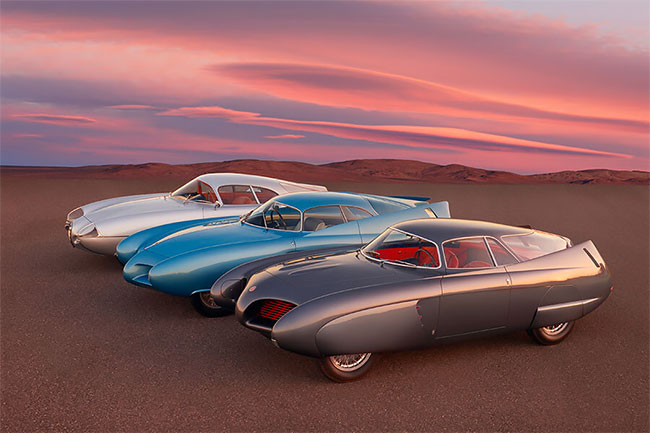
Ron Kimball/RM Sothebys
As in the world of fashion, however, car design evolves quickly; it is unusual to find a concept that remains relevant after its allotted time in the spotlight comes to an end, let alone one that is still compelling over six decades after its debut. Rarer still is the concept that transcends its role as a design exercise to embody the sculptural potential of the automotive form. And when it comes to a trilogy of concepts that effortlessly achieves both feats, there is but one spectacular example: The Alfa Romeo Berlina Aerodinamica Tecnica series by Franco Scaglione.
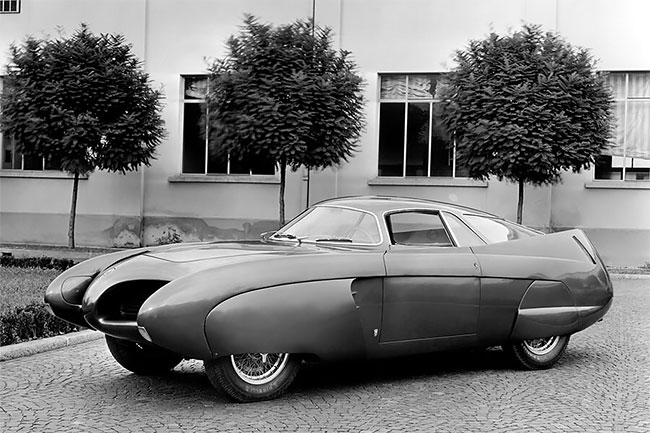
Whether considered the ultimate three-movement concerto of automobile design or the only true automotive triptych ever produced, few will contest the greatness of the B.A.T. 5, 7, and 9d concepts. Hand-built by the storied Carrozzeria Bertone of Turin, Italy and introduced in 1953, 1954, and 1955, respectively, these cars were pioneering in their use of aerodynamics. With flamboyant aesthetics that simultaneously minimized drag for optimal performance, the B.A.T. cars were immediately and enthusiastically embraced by press and public alike.
Individually, each of the B.A.T.s is, without exaggeration, among the most important automotive concepts ever built. Presented collectively, their significance deepens: Uniquely in the automotive world, the B.A.T.s are best understood as variations on a singular theme, a complete work in three parts. Like a Francis Bacon triptych, examining one car in the context of the other two reveals new aspects of their forms, as well as the captivating details incorporated into the hand-shaped bodywork of each.
Put simply, since the inception of the internal combustion engine, no one vehicle—let alone an interwoven trilogy—has so compellingly explored the concept of the automobile as pure kinetic sculpture as the Alfa Romeo B.A.T. 5, 7, and 9d.
The three Alfa Romeo B.A.T. cars sold on October 2019, as a set, for $14.8 million.
BAT 5 was painted grey with red grilles, red upholstery and grey carpet.

Ron Kimball/RM Sothebys

Ron Kimball/RM Sothebys
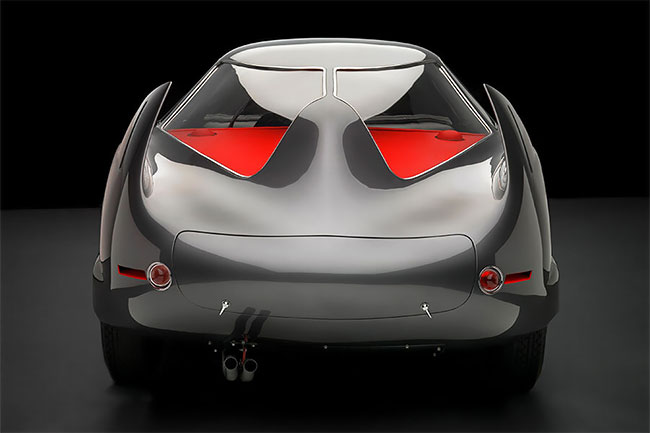
Ron Kimball/RM Sothebys

Ron Kimball/RM Sothebys
For BAT 7 the original side profile was cleaned up; it featured fully faired-in cooling vents for the front brakes and larger intake scoops for those at the rear. Meanwhile, instead of exiting underneath the car (as had been the case with BAT 5), BAT 7 had its exhausts fully shrouded into the sides of the rear bodywork.
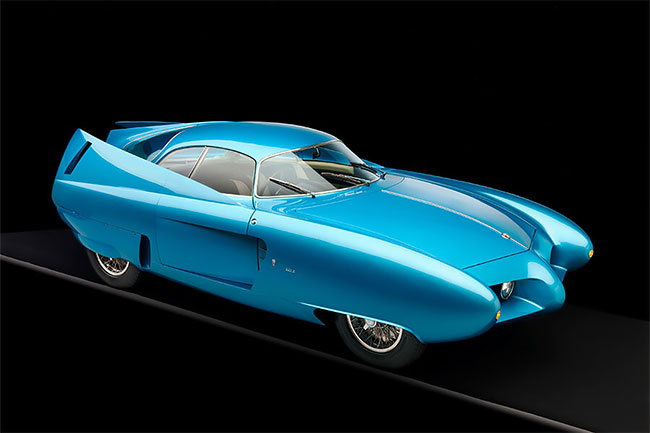
Ron Kimball/RM Sothebys
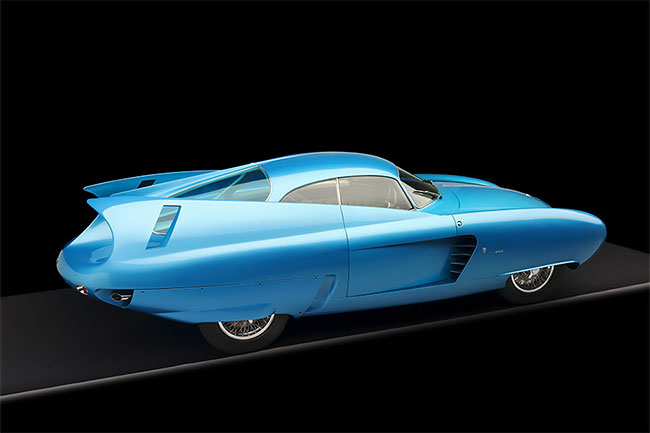
Ron Kimball/RM Sothebys
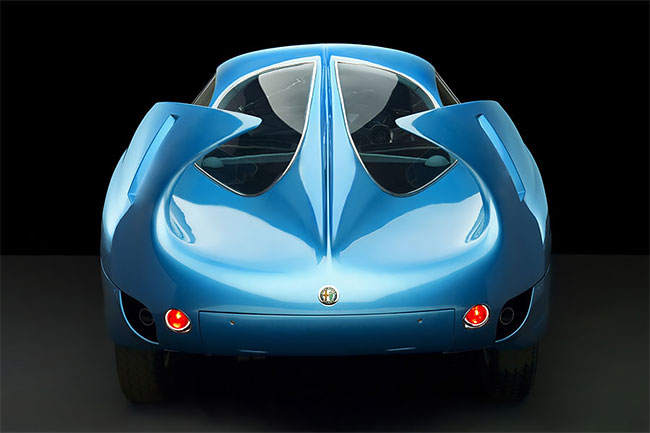
Ron Kimball/RM Sothebys
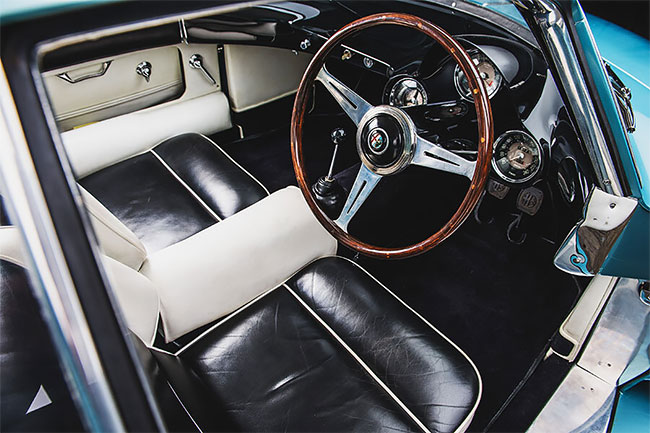
Ron Kimball/RM Sothebys
With little chance of significantly improving BAT 7’s extraordinary aerodynamic efficiency, Alfa Romeo decided to take a slightly different approach for the last car in the series: BAT 9.
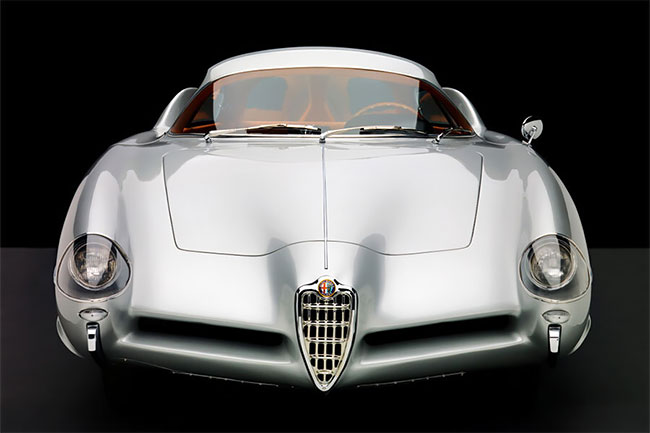
Ron Kimball/RM Sothebys
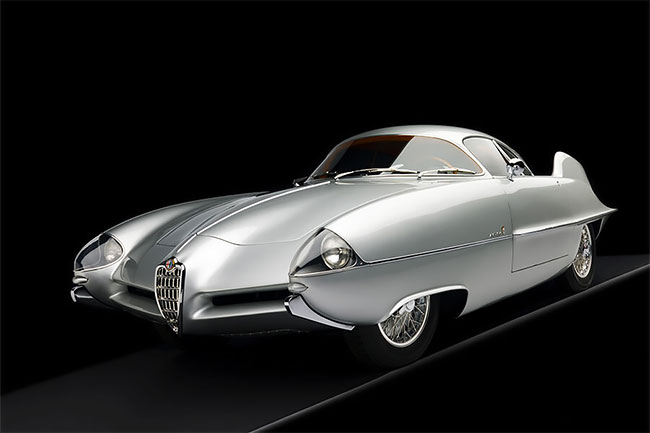
Ron Kimball/RM Sothebys
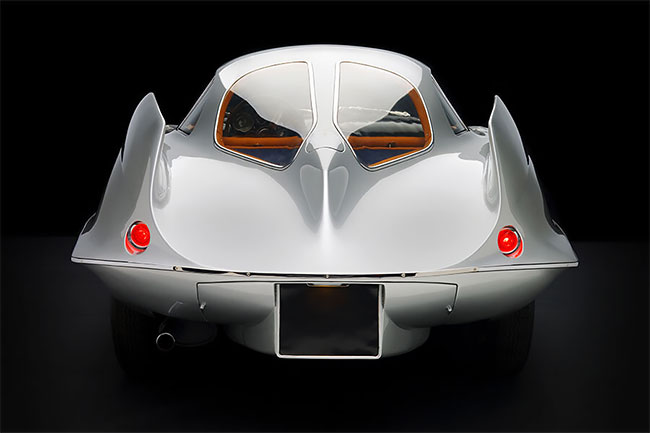
Ron Kimball/RM Sothebys

Ron Kimball/RM Sothebys

